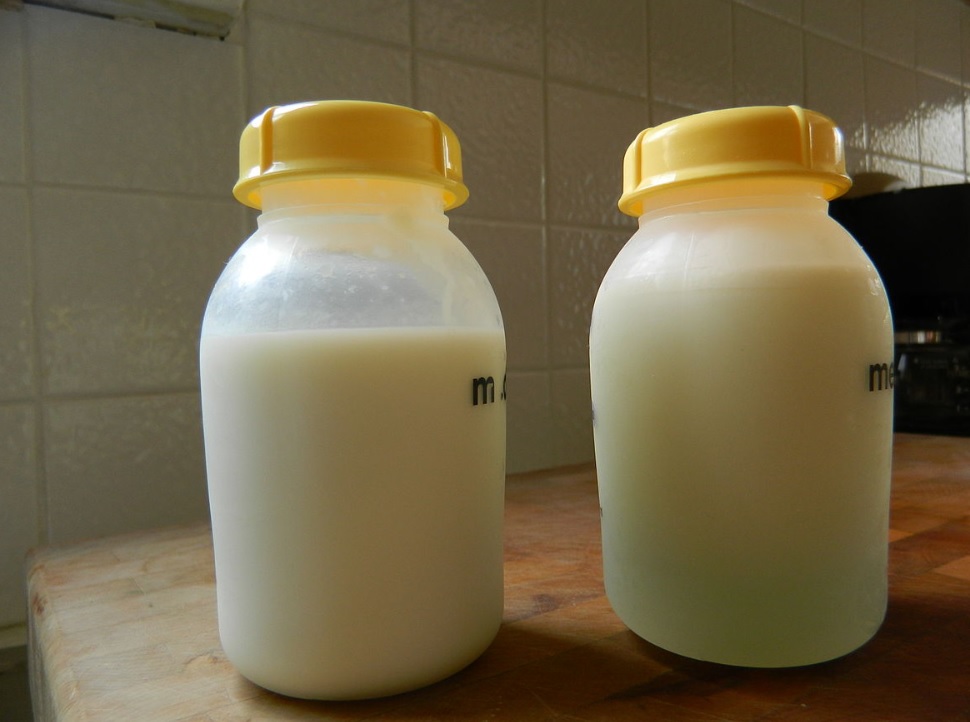Africa’s second human milk bank opens in Kenya’s Nairobi

- Country:
- Kenya
Kenya becomes the second African country by opening the human milk bank (aka breast milk bank) after South Africa. Kenya’s first human milk bank has opened at Pumwani Maternity Hospital.
In association with African Population and Health Research Centre (APHRC) and Kenya’s Ministry of Health, the Non-Governmental Organization PATH has spearheaded the process of establishing the human milk bank at Pumwani Maternity Hospital in Nairobi.
A committee was also set up to provide oversight and guidance on breast milk bank work in Kenya. They were sent to South Africa to learn more about the human milk banking process. Finally, local strategies were developed. Currently, the process is in phase two of the project: the establishment of a pilot human milk bank in Pumwani Maternity Hospital. This includes the launch of a research project which examines its feasibility, effectiveness, acceptability and aims to estimate the cost of establishing an actual human milk bank in Kenya, as clarified by This is Africa.
The South African Breastmilk Reserve (SABR) made a revolution in South Africa after introducing the human milk banking model in South Africa since 2003 focusing especially on premature babies. Now Kenya has picked up the opportunity by opening the African continent’s second breast milk bank to help lactating mothers get the nutritional product and also to donate for babies who have been born underweight, severely malnourished, or orphaned.
According to Face2Face Africa, the new facility in Nairobi is fitted with a pasteuriser that can hold 9.4 million litres of milk, two fridges and four freezers with a capacity of 240 litres. The milk will be heated at 60.5 degrees Celsius for 30 minutes then suddenly cooled before it is packaged and stored for use within six months. “The milk once collected will be tested for contamination and then pasteurised to kill microorganisms, but not altering its nutritional composition. We will then store the milk in 50-millilitre bottles in the freezers to preserve it,” Dr Mary Waiyego, the head of the breastmilk bank technical committee opined.
Also Read: Cameroon: ECA’s workshop in Yaoundé to implement Africa Continental Free Trade Agreement
- READ MORE ON:
- Kenya
- Milk bank
- Human milk bank
- Breast milk bank
- Nairobi
- Kenya human milk bank










